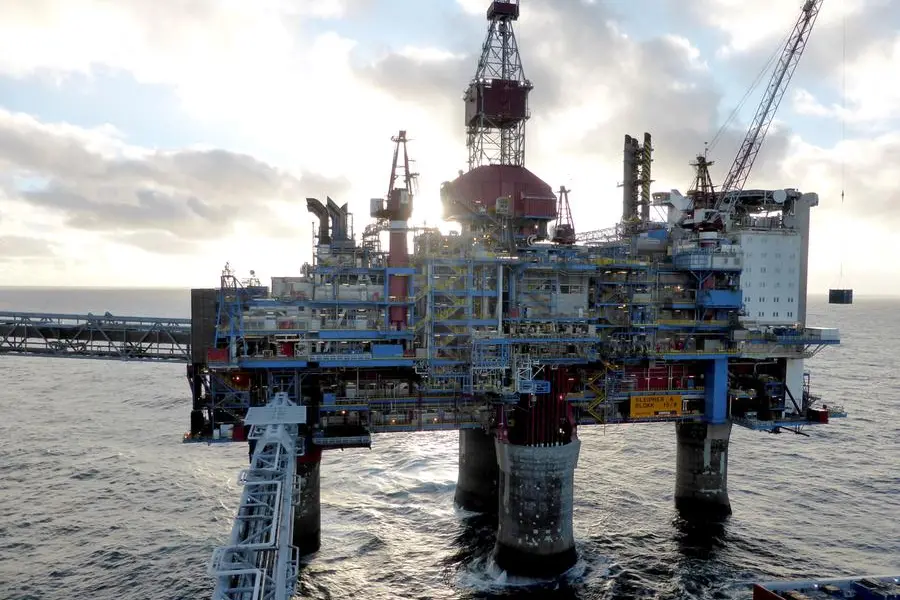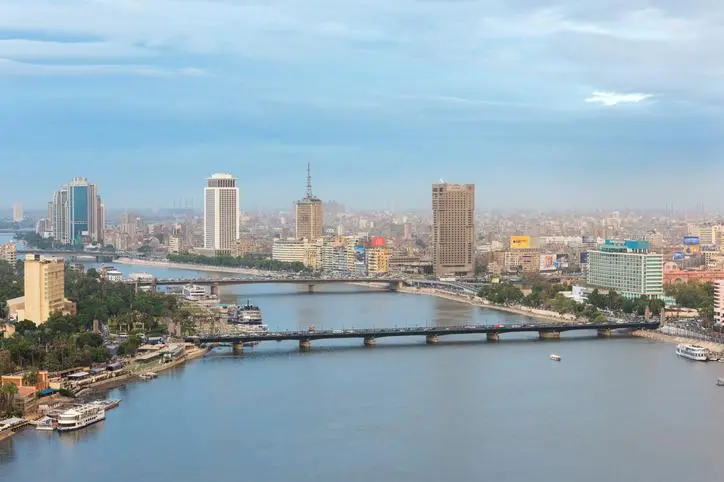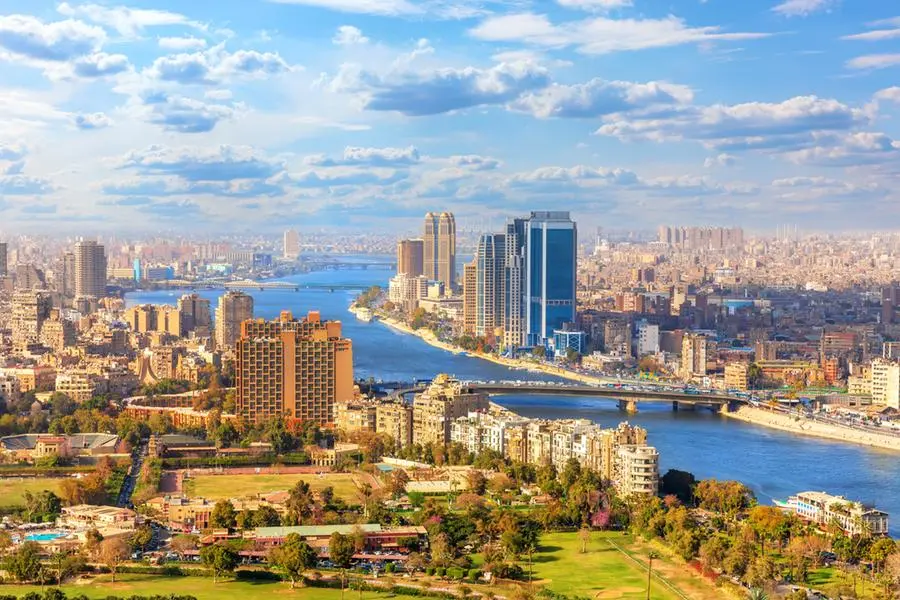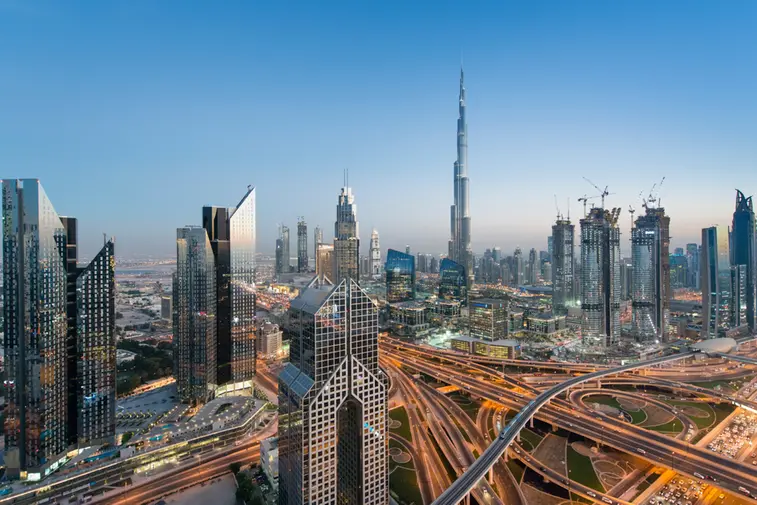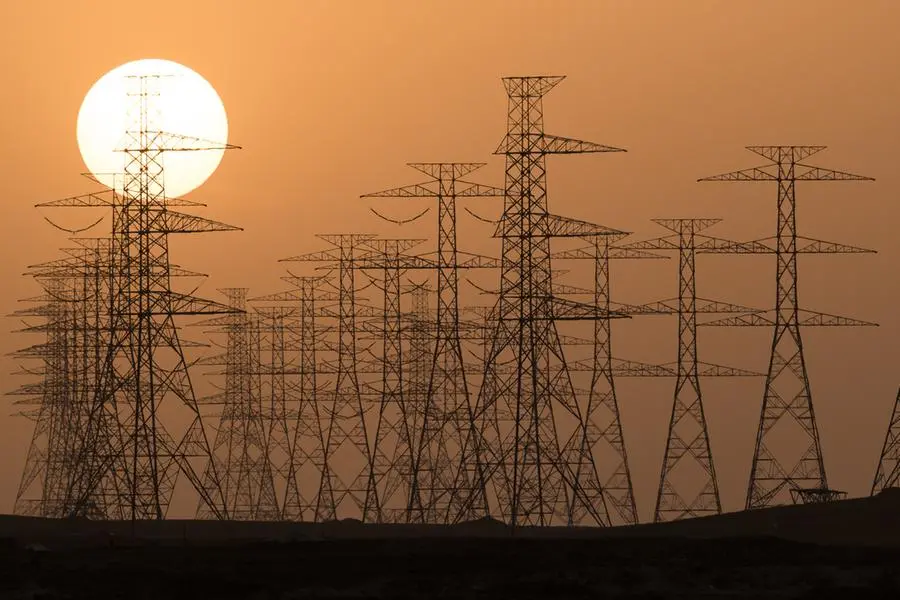PHOTO
FILE PHOTO: Oil and gas company Statoil drilling and accommodation platform Sleipner A is pictured in the offshore near the Stavanger, Norway, February 11, 2016. Picture taken February 11, 2016. REUTERS/Nerijus Adomaitis/File Photo
The world's largest emitters of carbon dioxide (CO2) and other greenhouse gases are coming under fresh scrutiny after global temperatures averaged 17.01 degrees Celsius (62.62 Fahrenheit) on Monday, the highest ever recorded.
More than half of the world's population has been impacted as several regions were struck by record heatwaves in recent weeks, including South and Southeast Asia, Northern China, North Africa and parts of North America.
Climate scientists expect further records to be hit this year as rising emissions of carbon dioxide combine with an El Nino weather pattern to push average temperatures higher still.
In response to the sweltering conditions, several climate campaigners are calling for more urgent action among major economies to accelerate efforts to cut emissions and attempt to reverse temperature trajectories.
PRESSURE POINTS
China, the world's single largest CO2 polluter since 2005, has come under particular scrutiny after the country generated over 30% of global CO2 discharge in 2022, according to the Energy Institute Statistical Review of World Energy.
The country relied on thermal coal for more than 61% of electricity generation in 2022, according to Ember, which discharged over 4.45 billion tonnes of CO2.
However, as the world's largest and fastest-growing producer of renewable power, China is also the global leader in clean energy efforts, and is on track to reach peak CO2 emissions as soon as this year, according to the Centre for Research on Energy and Clean Air (CREA).
Japan and South Korea - the fifth and tenth largest polluters in 2022 respectively - have already reached peak CO2 emissions are will also do so soon, according to Oxford Economics.
The United States, the second largest polluter in 2022 and by far the largest overall CO2 emitter in history, has already brought emissions onto a downward trajectory, as has Germany, Europe's largest polluter.
GROWING PAINS & UNCLEAR PATHWAYS
While the main economies of North East Asia are expected to bring CO2 levels lower by 2030, key economies in South and South East Asia are expected to continue increasing CO2 discharge for several more years, projections by Oxford Economics show.
India, already the world's third largest CO2 polluter in 2022, is seen increasing total CO2 discharge until 2040, while CO2 emissions in Indonesia - the seventh largest polluter last year - may not peak until 2050.
Brazil, number 13 on the CO2 list in 2022, also looks set to keep CO2 discharge totals climbing over the coming years.
Several other fast-growing economies currently have rising CO2 trajectories that look set to keep climbing until after 2040, including Turkey, Nigeria, Egypt, Mexico and The Philippines.
However, each nation also has aggressive plans for reducing energy sector emissions and lowering reliance on fossil fuels.
If those plans take root as quickly as has been seen in other economies in recent years, then downward revisions to CO2 glide paths may soon become appropriate, which may lessen the toll on global climate systems.
But if most emerging economies maintain their current reliance on fossil-heavy energy systems, then global emissions levels look set to keep climbing, and set the stage for even higher temperature records across the world in the years ahead.
(Reporting By Gavin Maguire; Editing by Kim Coghill)
